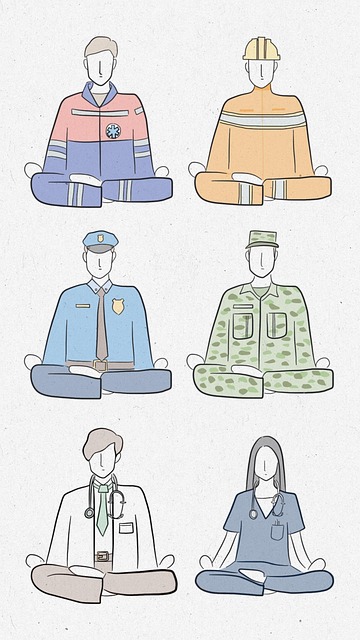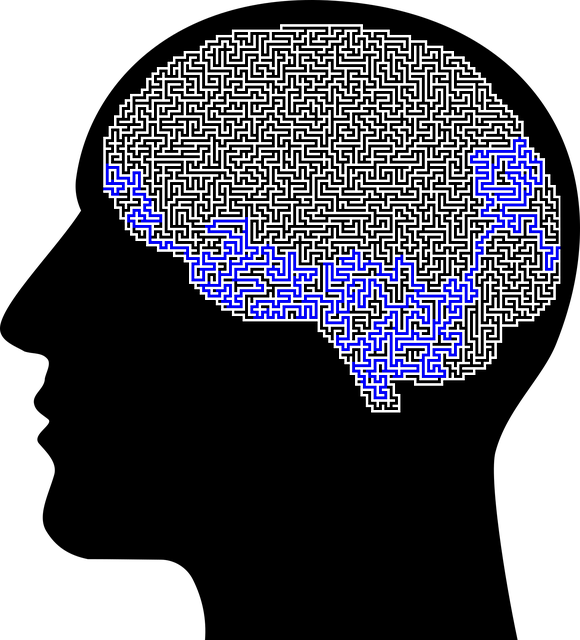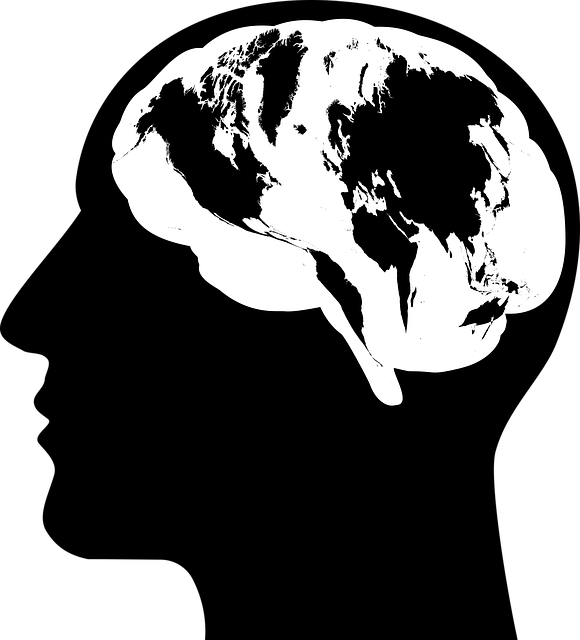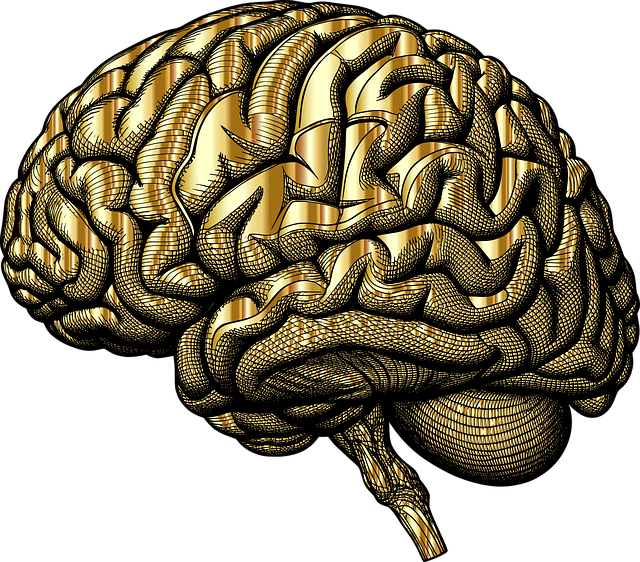Boulder Adjustment Disorder (BAD), triggered by trauma or life changes, causes emotional distress and adjustment issues, with symptoms like sadness, anxiety, sleep problems, and impaired concentration. Diagnosed through a mental health professional's assessment, early intervention using BAD therapy, burnout prevention, and wellness coaching is crucial for managing symptoms and improving outcomes. Effective trauma support integrates various therapeutic approaches, including BAD therapy to target maladaptive behaviors, reprocess traumatic memories, reduce emotional responses, and teach coping skills; online resources, community outreach, detailed service information, staff training in trauma-informed care, and safe environments are essential for making support easily accessible to survivors.
“In the realm of mental health support, trauma-focused care is a game-changer. This article explores an essential aspect of modern psychology: Trauma support services provision. We delve into the intricacies of managing and overcoming Boulder Adjustment Disorder (BAD), a condition stemming from traumatic events. By understanding BAD’s symptoms and diagnosis, we can appreciate the significance of effective therapy approaches.
Furthermore, a comprehensive guide on accessing and integrating support services equips professionals with valuable tools to enhance patient care, especially in BAD Therapy.”
- Understanding Boulder Adjustment Disorder: Symptoms and Diagnosis
- Effective Therapy Approaches for Trauma Support Services
- Accessing and Integrating Support: A Comprehensive Guide for Service Provision
Understanding Boulder Adjustment Disorder: Symptoms and Diagnosis

Boulder Adjustment Disorder (BAD) is a mental health condition characterized by intense emotional distress and adjustment difficulties following a traumatic event or significant life change. Recognized as a complex reaction to adversity, BAD symptoms can include feelings of extreme sadness, hopelessness, anxiety, irritability, sleep disturbances, and even physical complaints like headaches or stomach aches. Individuals may struggle with concentration, decision-making, and maintaining healthy relationships post-trauma.
Diagnosis for Boulder Adjustment Disorder typically involves a comprehensive assessment by a qualified mental health professional. This process includes reviewing personal history, current symptoms, and their impact on daily functioning. The diagnosis is made when these symptoms persist for at least two weeks and significantly interfere with an individual’s ability to cope, work, or engage in social activities. Early intervention through Boulder Adjustment Disorder therapy, coupled with strategies for burnout prevention and mental wellness coaching programs development, can play a pivotal role in managing symptoms and enhancing mental health awareness.
Effective Therapy Approaches for Trauma Support Services

Effective therapy approaches play a pivotal role in Trauma Support Services, aiming to help individuals process and overcome their traumatic experiences. One proven method is Boulder Adjustment Disorder Therapy, which focuses on adjusting maladaptive behaviors and thoughts resulting from trauma. This approach enables clients to develop healthier coping mechanisms and restore their sense of control. By fostering a safe and supportive environment, therapists assist in reprocessing traumatic memories, reducing the intense emotional responses associated with them.
Additionally, incorporating Anxiety Relief techniques within these services can significantly enhance a client’s overall well-being. Stress Management Workshops Organization often includes mindfulness practices and cognitive-behavioral strategies to equip individuals with practical tools for dealing with anxiety and stress stemming from traumatic events. Furthermore, Coping Skills Development is integral to trauma support, empowering individuals to navigate challenging situations more effectively and build resilience over time.
Accessing and Integrating Support: A Comprehensive Guide for Service Provision

Accessing support for trauma-related issues is a crucial step towards healing and recovery, but it can often be challenging for individuals to navigate this process. A comprehensive guide for service provision should focus on making these resources readily available and ensuring effective integration. This involves creating accessible platforms where survivors feel comfortable seeking help, whether through online resources or community outreach programs.
For instance, providing information about local therapy services specializing in Boulder Adjustment Disorder Therapy can be a game-changer. Many individuals struggle to identify appropriate support, so offering detailed resources with an emphasis on cultural sensitivity in mental healthcare practice is essential. Additionally, integrating communication strategies to bridge the gap between service providers and survivors is vital. This includes training staff in trauma-informed care, ensuring a safe environment, and employing techniques to enhance engagement, thereby fostering a supportive atmosphere conducive to healing.
In conclusion, understanding and addressing Boulder Adjustment Disorder through effective therapy approaches is key in providing comprehensive trauma support services. By integrating various treatment methods and ensuring accessible resources, we can significantly enhance individuals’ recovery journeys. Remember that early intervention and tailored care are crucial in helping those affected by traumatic events navigate their path to healing and rebuild their lives. Effective therapy, combined with a holistic approach to service provision, offers hope and empowers individuals to overcome the challenges posed by Boulder Adjustment Disorder.














